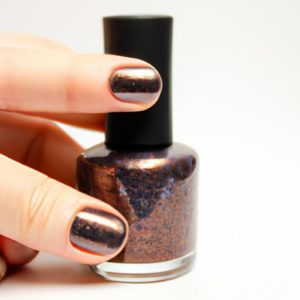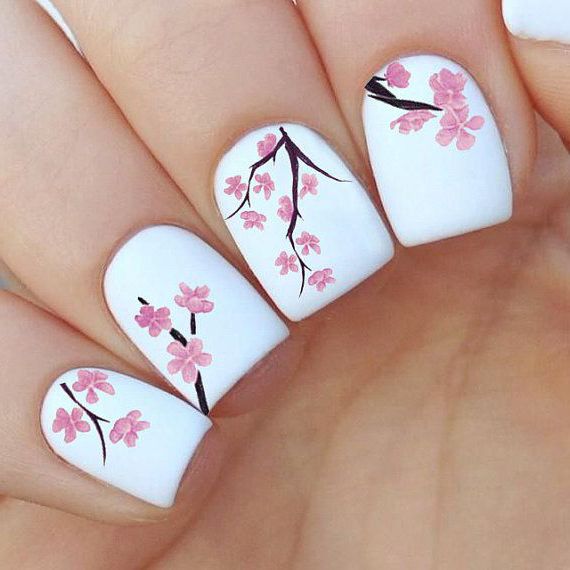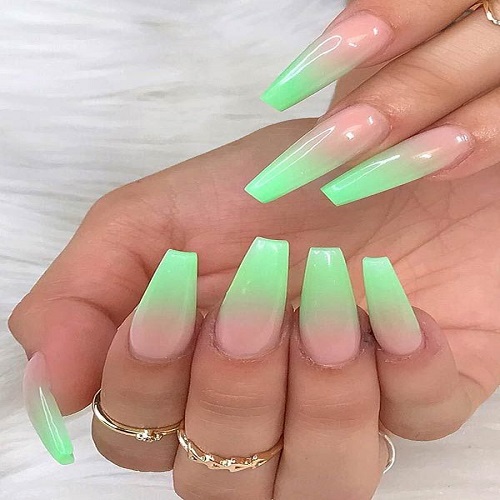Table of Contents
Nail polish is a must-have in every woman’s beauty arsenal. It adds a pop of color and flair to your nails effortlessly. But, mishaps can occur, and you may find yourself with nail polish stains on your clothes. This can be a nightmare, especially if the fabric is delicate or light-colored. However, fear not! With the right technique, you can remove nail polish stains from clothing without causing any damage. In this comprehensive guide, we will walk you through the process step by step.
Materials You’ll Need
Before you dive into the nail polish stain removal process, gather the necessary materials. Here’s what you’ll need:
- Acetone or nail polish remover
- Cotton balls or swabs
- Liquid dish soap
- White vinegar
- Rubbing alcohol
- Clean cloth or paper towels
Acetone or Nail Polish Remover
Acetone or nail polish remover is the most vital component for removing nail polish stains from clothing. Acetone is a potent solvent that quickly dissolves nail polish. However, it’s crucial to use it with caution as it can potentially damage certain fabrics.
Cotton Balls or Swabs
To apply the acetone or nail polish remover to the stain, you’ll need cotton balls or swabs. Cotton balls are more absorbent and cover a larger area, while swabs are precise and perfect for treating small or narrow areas.
Liquid Dish Soap
Liquid dish soap comes to the rescue when removing any residual nail polish or acetone from the fabric. It’s gentle on the fabric and won’t cause any damage.
White Vinegar
White vinegar can serve as a substitute for acetone or nail polish remover. It’s a mild acid that dissolves nail polish without harming the fabric.
Rubbing Alcohol
Another option for removing nail polish from clothing is rubbing alcohol. It’s a strong solvent that dissolves nail polish quickly. Just remember to use it cautiously as it can potentially damage certain fabrics.
Clean Cloth or Paper Towels
Having a clean cloth or paper towels on hand is essential for blotting the stain and absorbing any excess solvent or liquid.
Now that you have all the necessary materials, let’s move on to the next section, where we will discuss the pre-treatment process.
Pre-treatment: Preparing the Fabric
Pre-treatment is a crucial step in removing nail polish stains from clothing. It helps to loosen the stain and prepares the fabric for the upcoming steps. Here are some effective pre-treatment methods you can employ:
Blotting
To start the pre-treatment process, gently blot the stain using a clean cloth or paper towel. Avoid rubbing the stain, as this will only spread it further.
Applying Acetone or Nail Polish Remover
Using a cotton ball or swab, apply a small amount of acetone or nail polish remover to the stain. Be careful not to pour the solvent directly onto the fabric, as it may cause damage. Instead, dab the solvent onto the stain, working from the outer edges towards the center.
Using Liquid Dish Soap
After applying the solvent, add a small amount of liquid dish soap to the stain. This step aids in breaking down any residual nail polish or solvent. Gently rub the soap into the fabric using your fingers.
Soaking the Fabric
For stubborn stains, consider soaking the fabric in a solution of warm water and white vinegar. Mix equal parts warm water and white vinegar in a bowl or sink, then soak the fabric in the solution for 10-15 minutes. This will effectively loosen the stain and prepare the fabric for the next steps.
In the following section, we will delve into the actual process of removing the nail polish stain from your clothing.
Stain Removal: The Step-by-Step Process
Coming soon…
Pre-treatment (continued): Tailored Methods for Different Fabrics
Different fabrics require specific pre-treatment methods to avoid damage or discoloration. For delicate or light-colored fabrics, opt for mild pre-treatment methods like blotting or rubbing alcohol. Thicker or darker fabrics, on the other hand, can withstand stronger pre-treatment methods such as acetone or nail polish remover. Here are some tips for pre-treating different fabric types:
Delicate Fabrics
Avoid using strong solvents like acetone or nail polish remover on delicate fabrics such as silk, chiffon, or lace. Instead, opt for milder options like rubbing alcohol or white vinegar. Always test the solution on a small, inconspicuous area of the fabric before treating the stain. Gently blot the stain with a cotton ball or swab dipped in the solution, working from the outer edges towards the center. Remember not to rub the stain vigorously, as it may damage the delicate fabric.
Thick Fabrics
For thicker fabrics like denim, cotton, or polyester, you can opt for stronger pre-treatment methods such as acetone or nail polish remover. Apply the solvent to the stain using a cotton ball or swab, working from the outer edges towards the center. Dab the solvent onto the stain gently, making sure not to saturate the fabric. Allow the solvent to sit on the stain for a few minutes to dissolve the nail polish. Then, use a clean cloth or paper towel to blot the stain and remove any excess solvent.
Stain Removal: The Final Steps
Now that you have successfully pre-treated the stain, it’s time to remove the nail polish from your clothing. Follow these steps to achieve a stain-free fabric:
Step 1: Blotting
Gently blot the stain with a clean cloth or paper towel. Avoid rubbing the stain, as this will only cause it to spread further.
Step 2: Applying the Solvent
Using a cotton ball or swab, apply a small amount of acetone or nail polish remover to the stain. Dab the solvent onto the stain gently, working from the outer edges towards the center. Allow the solvent to sit on the stain for a few minutes to dissolve the nail polish.
Step 3: Rubbing
Once the nail polish has dissolved, gently rub the stain with your fingers or a soft-bristled toothbrush. This step will help remove any remaining nail polish or solvent.
Step 4: Rinsing
Thoroughly rinse the fabric with cold water to remove any residual nail polish or solvent. Ensure you rinse the fabric adequately to avoid leaving any residue behind.
Step 5: Washing
Wash the fabric in cold water with a mild detergent. Always check the care label on your clothing to ensure it can be safely washed. Avoid using hot water or bleach, as these can damage the fabric.
Step 6: Drying
After washing, hang the fabric to dry. Avoid using a dryer, as the heat may set the stain, making it more difficult to remove.
In the next section, we will discuss post-treatment and how to prevent any further damage to your fabric.







